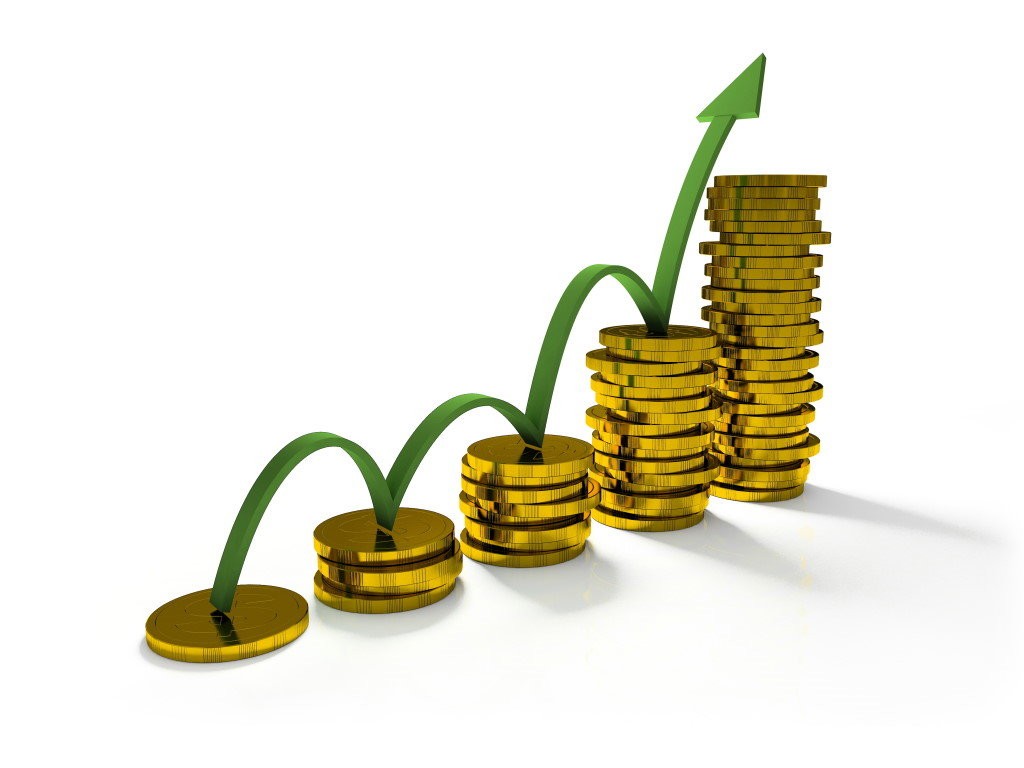
Today, I read an article from Forbes magazine which mentioned that, according to a report by the firm J.P Morgan, the average investor has obtained a low yield of 2.3% annualized over the last 20 years. For purposes of comparison, the average Canadian inflation from 1993 to 2013 was 1.83%, which means that nearly 80 per cent gains have been "eat" by inflation. The remaining 20% (and even more) is no surprise waste in taxes, at least until 2009, year of the advent of the TFSA. Even an investment without risk as the good old PMB (certificate of investment guarantee) could make you lose less money than this.
According to the article in question, this poor performance would be due to impatience and emotionality of investors, especially when faced with media flows and mass movements. The tilt is at poker what is the panic on the stock exchange, they have made the mistake to make decisions in the short term for their long term plan. And like the bankroll management, an investment plan is more difficult to achieve in reality than in appearance. Unfortunately, or fortunately for the righteous, they will be disappointed to learn that they could get much better yields and doing nothing!
Actually, for the same period of two decades, the REITs (Real Estate Investment Trust) or REITs (bottom of investment real estate) in french, on increased by 11.2%, gold of 8.4%, the S & P 500 by 8.2% and the price of oil from 8.1%. Even bonds, which had practically no risk, offered a yield of 6.3%. While the average investor awkwardly turned $ 10,000 into $ 15 760, passive Smurf, which to put all these balls in an index background following the S & P 500, has him raised $ 48 365, more than three times! Not bad for an investment that requires no time nor talent!








